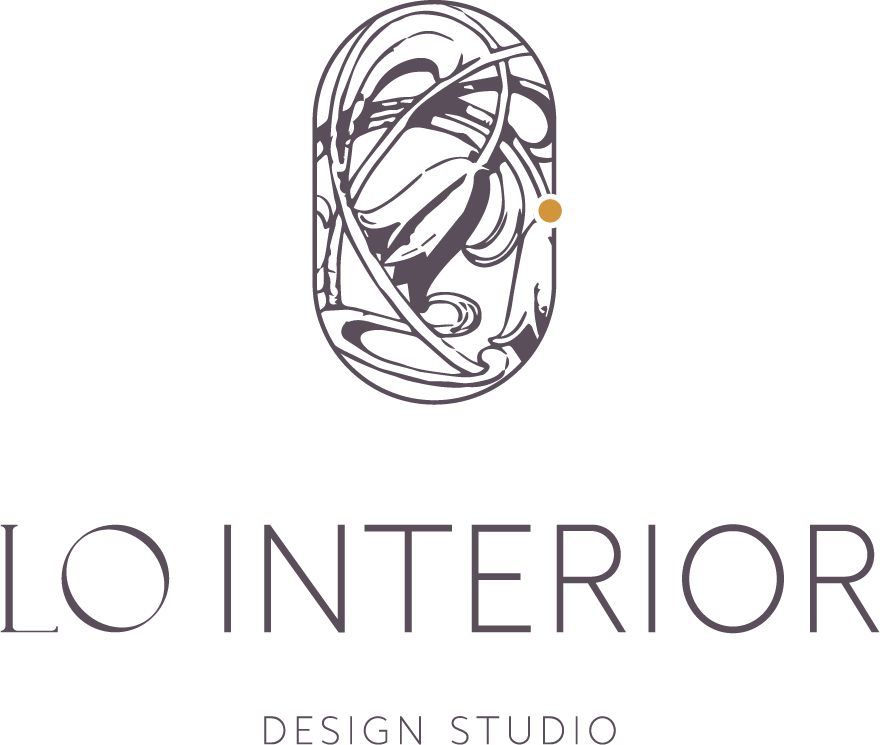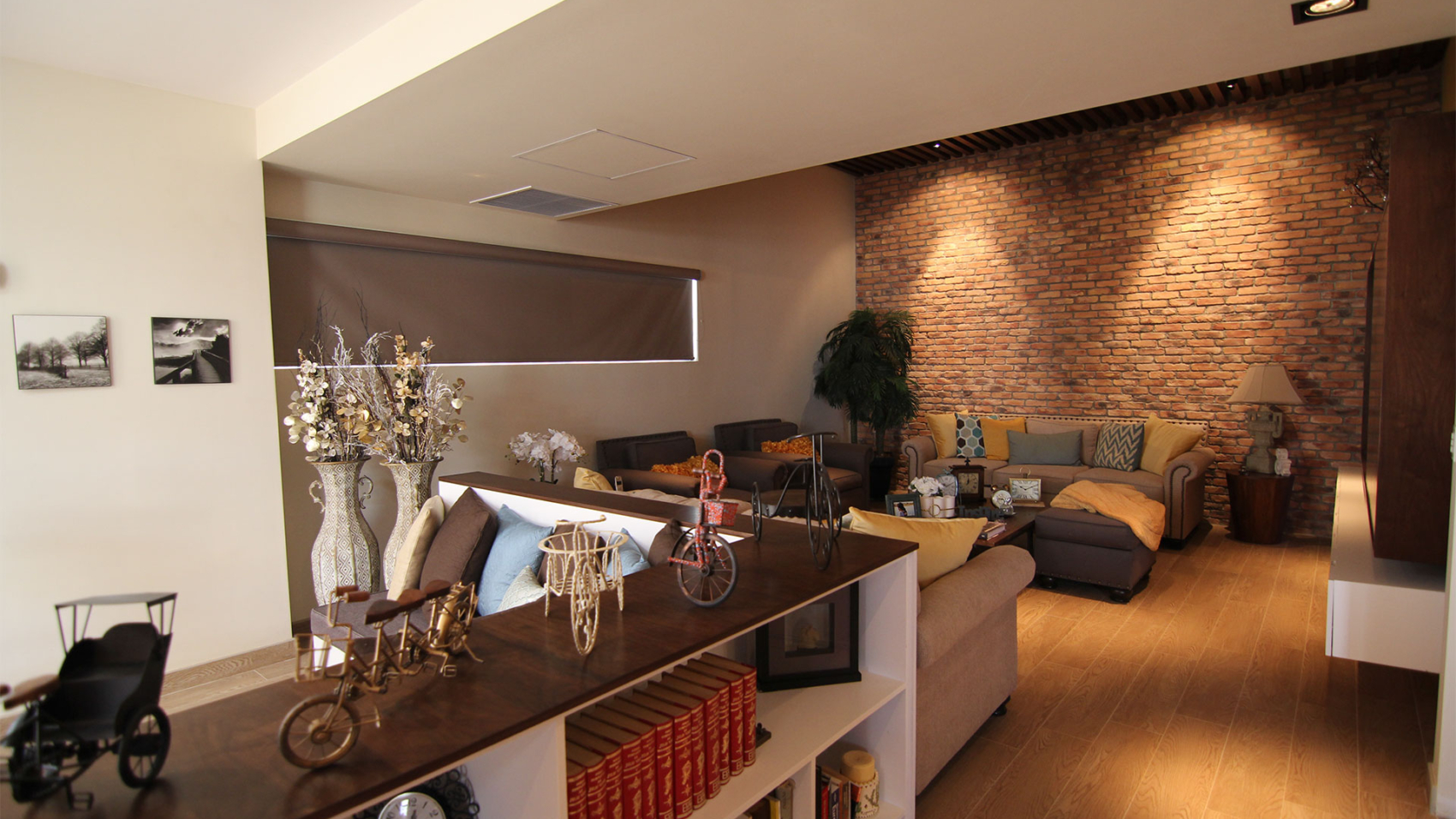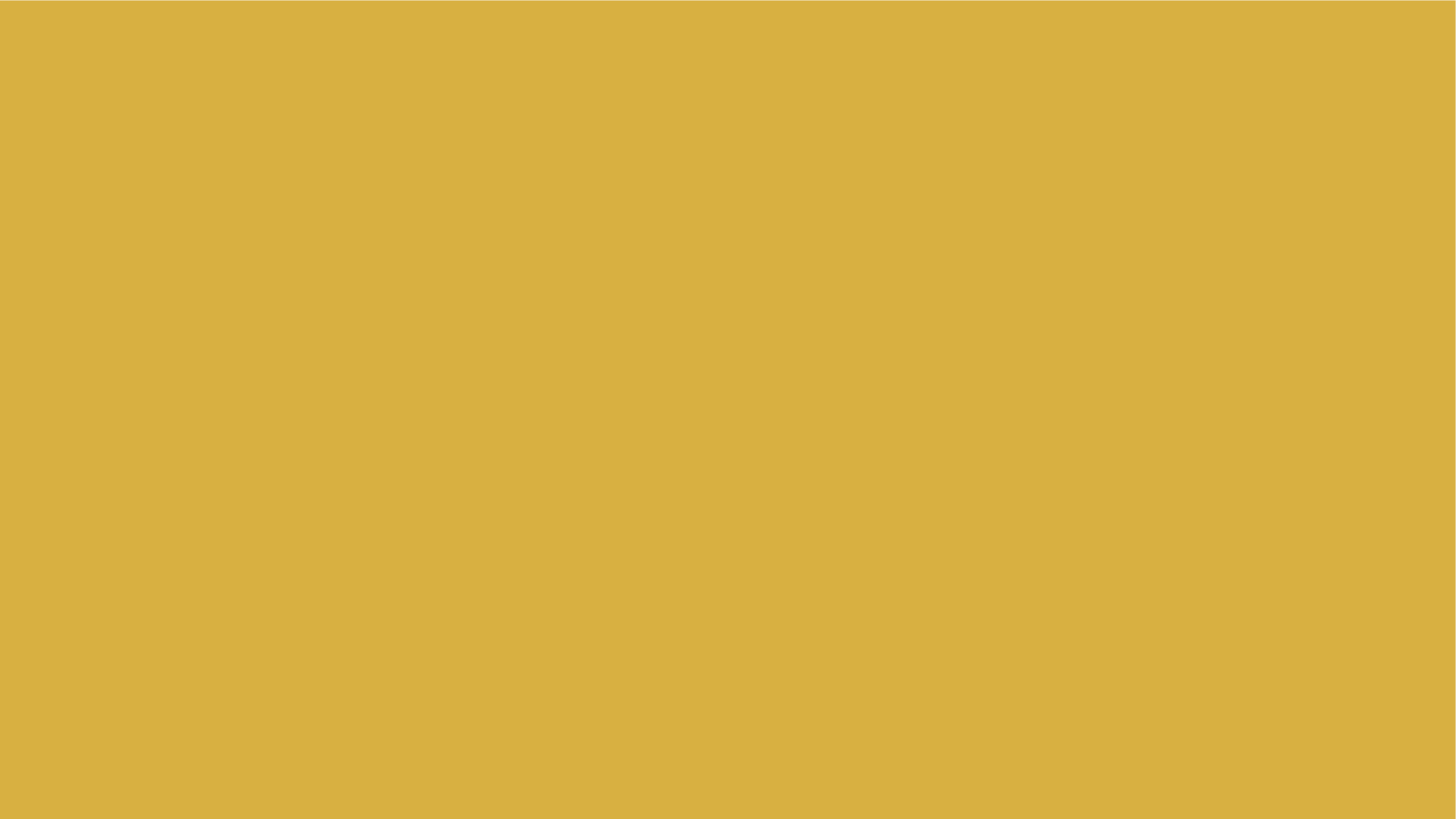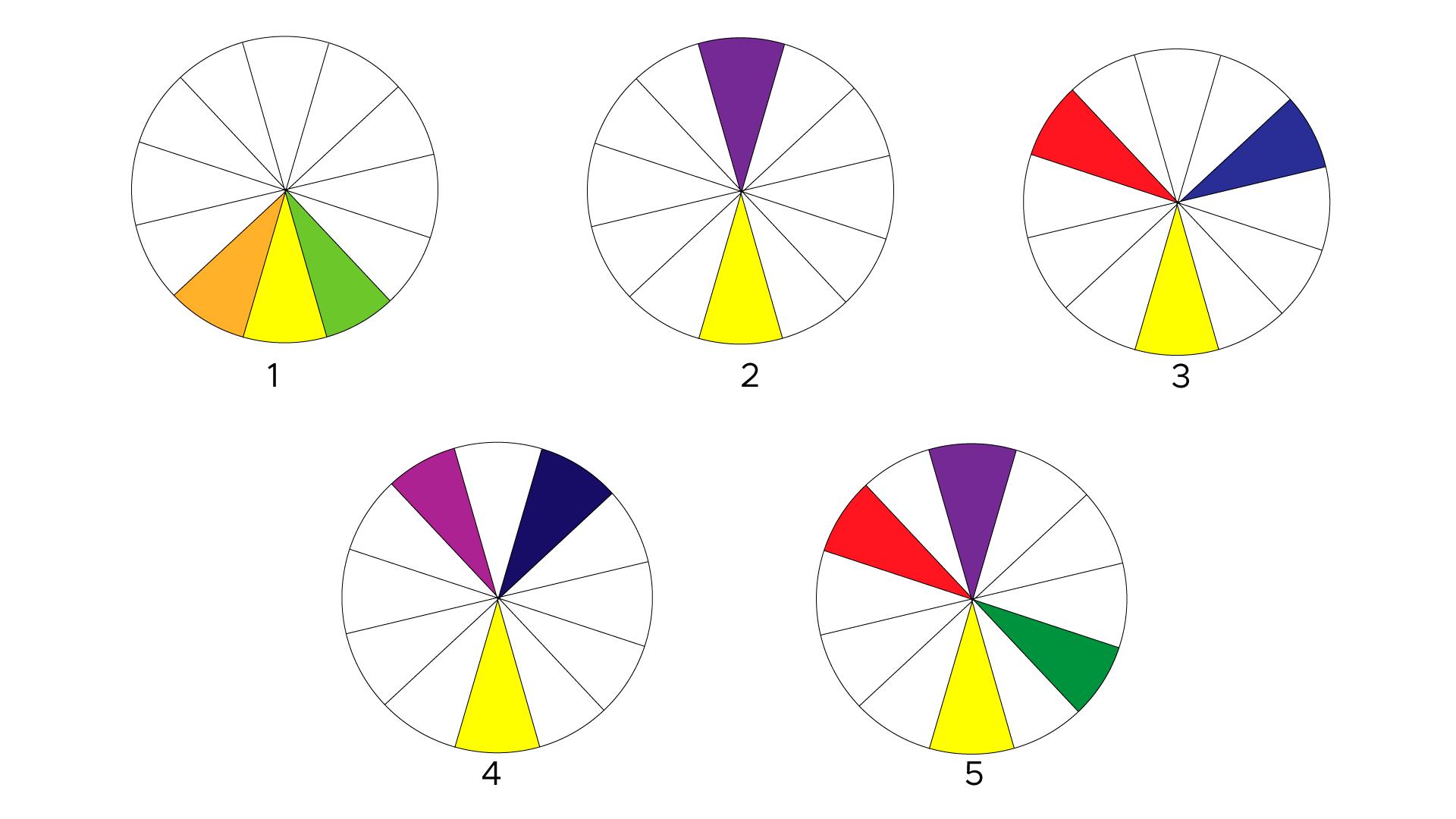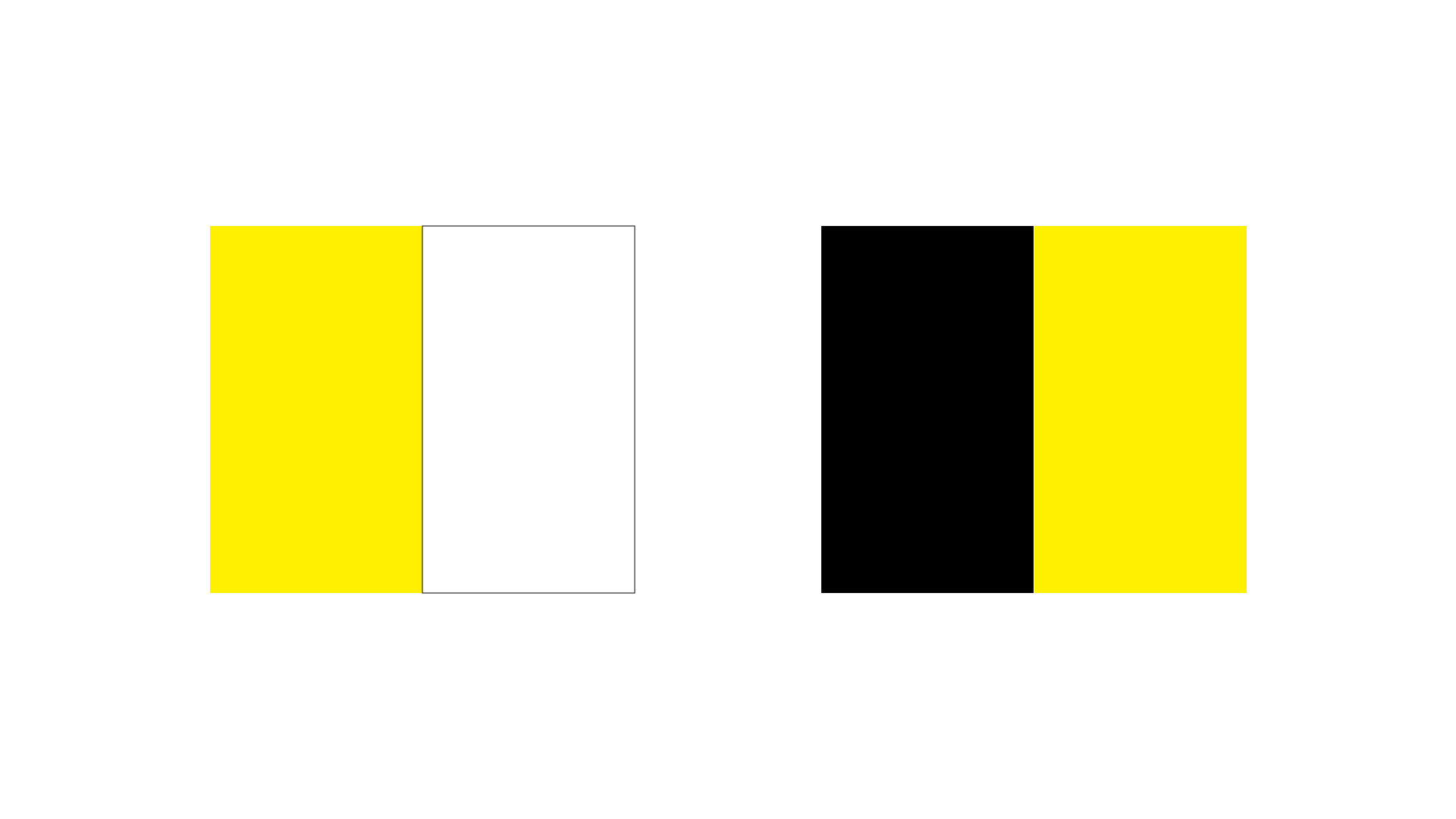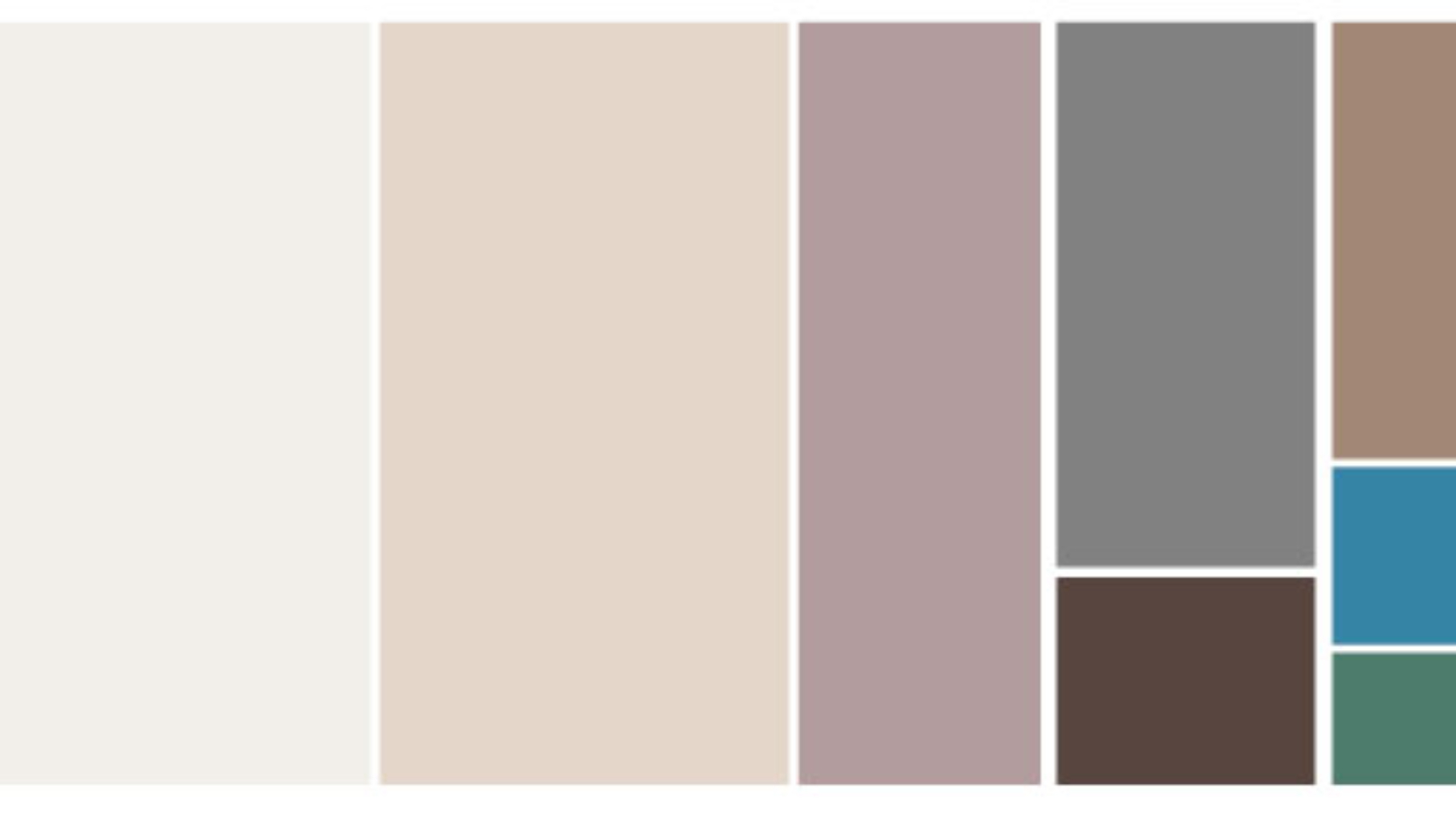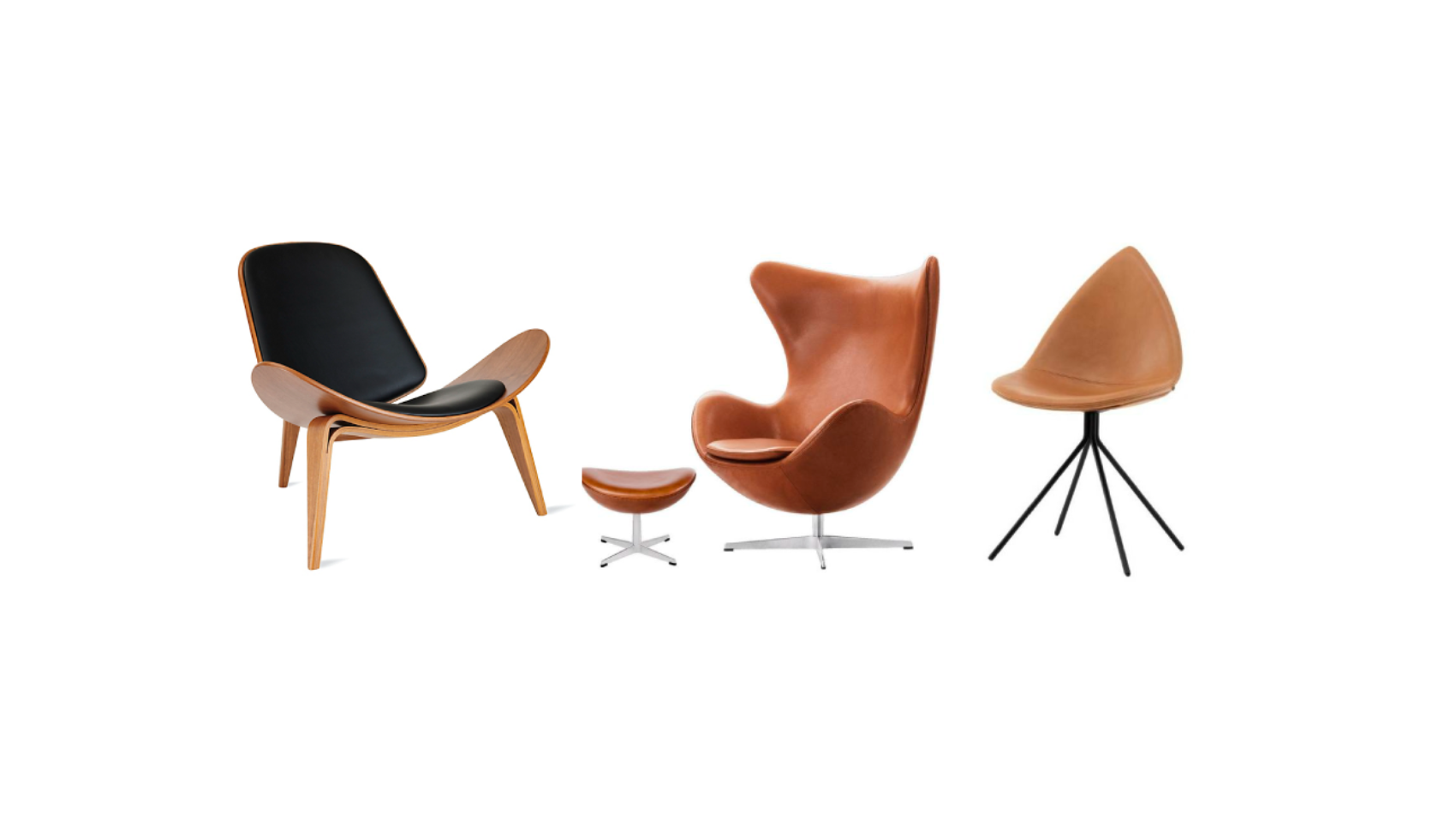Among the biggest problems that arise at the beginning, in the meantime and at the end of the work, is the issue of money. It is important to be aware of the budget that the client has in mind to invest, but in turn, it is the same or for me it is much more important to comment that there is a percentage where the budget can be increased and let the client know from the day one, because as much as we would not like to, there are modifications, unforeseen events and things that are not in our hands and that increase the final expense of our intervention. It is a sensitive topic, since we are talking about investing and knowing how to organize the money of third parties, and it is something that complicates us as architects, either because we “fall in love” with our project, because we are foolish and put our ideas on the economic ease of the client, so here are some tips that I use when I run into a wall on site and not to lose the integrity of the proposed concept.
STAGES
There is no need to carry out the entire work in a single moment, we know how heavy it is to be living on site, and if you can and if you have patience, it is much better to intervene in stages, letting the family or the space breathe everything that is the intervention and resume at the moment in which there is economic flow, at the end of the day, no matter how long the work takes a year in between, the important thing is to carry out a project that lasts a lifetime, without having to sacrifice a huge percentage of what is desired for your design. It is important to present this idea to the client from the beginning, so that they do not start rejecting the ideas from the moment we are presenting them, I have experiences where I am presenting a project and the only thing the client sees is the economic part and the comments of “But that looks very expensive, how much is it going to cost me?”, “Isn’t there a cheaper option?”. The issue here is not to lower the quality level of a project, not to reduce the project for economic reasons if the issue is to carry out an intervention that lasts a lifetime.
SUGGESTIONS
It is understandable that the client wants to look for offers, or in his case a slightly cheaper version of the product that we are specifying, personally when these request cases exist, I select three different options, with prices from lowest to highest, where the space continues with the necessary integrity so as not to lose in terms of design, but at the same time trying to accommodate the budget. But the most important thing about this, is to try to keep the client on that topic, as much as she wants to buy some 25 dollar chairs, while you are proposing 120 dollar chairs as the economic version, it is for something, and that ‘ something’ you have to know how to transmit it to the client. If we talk about maintenance, materials, durability, the lifetime of that $25 chair is not going to be less than 2 years, it will look and feel of poor quality, and if an investment is already being made, it is a lot. It is better to save and buy the 120 dollar chairs that will last much longer and that are most likely to have a guarantee.
LISTEN TO THE CUSTOMER
If from the day your client arrived at the door, he let you know what his budget was, and even so, you offered him onyx on all the walls, the mistake is in you. We must learn to listen to the people who hire us, because they do it not only because they want a design, but because they are looking to save resources and make the most of them, and within our work is to be able to differentiate between needs and wishes to propose real designs. As human beings, many times we are not used to sitting down and observing and listening, trying to perceive these little winks as important as the economic part. It may be that, if they are partners in a restaurant, one is the one who is going to invest, and the other is the creative chef, and at the time of the meeting, they have completely different budgets and wishes, it is your job to identify this problem and be able to reach a mutual agreement at that time and thus the proposal will be consistent with the idea of both. The same thing happens when we talk about families. Listen and watch.
SALES
Try to look for outlets, to buy products on sale days, and above all to program a payment plan based on that for your client. We know that, if we buy in the United States, they place offers on Memorial Day and Labor Day, and this is very good for the customer. If we are looking for electrical appliances in Liverpool, schedule the payment for a night sale or, in your case, for the good end. Having empathy and knowing how to buy are two issues that go hand in hand when designing for the client, proposing real things that can be executed from our budget is essential when tackling any type of project. small or big.
MIX IT UP
Not EVERYTHING has to be from the most expensive store, it is worth combining furniture, having the most important piece of space in the best place, and then placing accent pieces from one with more accessible prices, and hunting is completely worth it decorative elements in much more accessible stores like Marshalls or Home Goods, and if you really want to look for deals in Ross. Anything goes, investing 100 dollars in a decorative element is an exaggeration in my opinion, in a world where trends are so changeable, where today it is the latest fashion statement, but tomorrow it will not be. Invest in art, in the important piece, in a rug that lifts your space, an impressive chandelier, but NOT in the styling.
These are some of the ways in which I manage to maintain the integrity of the projects that we execute in the office, they are not infallible, there are some other clients that have escaped me and in the end they buy the $25 chairs, however in the In most cases, the design cycle is closed in a positive way, but above all, what has helped me a lot is being honest with the client about the costs, so that he, in turn, is also honest with me with the investment. and thus not work twice, and be all in the same channel when designing and executing.
LO
